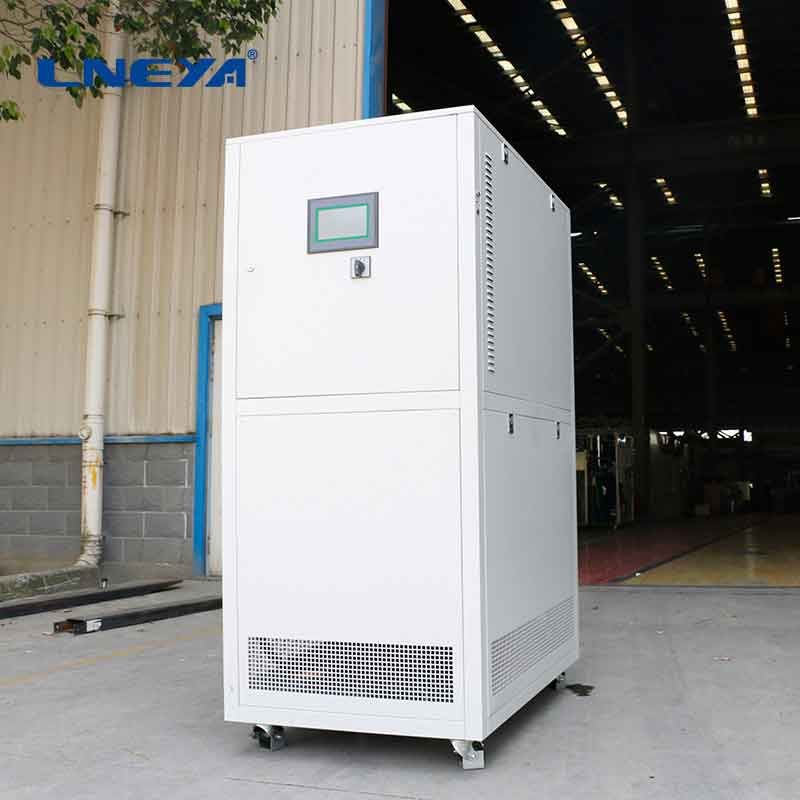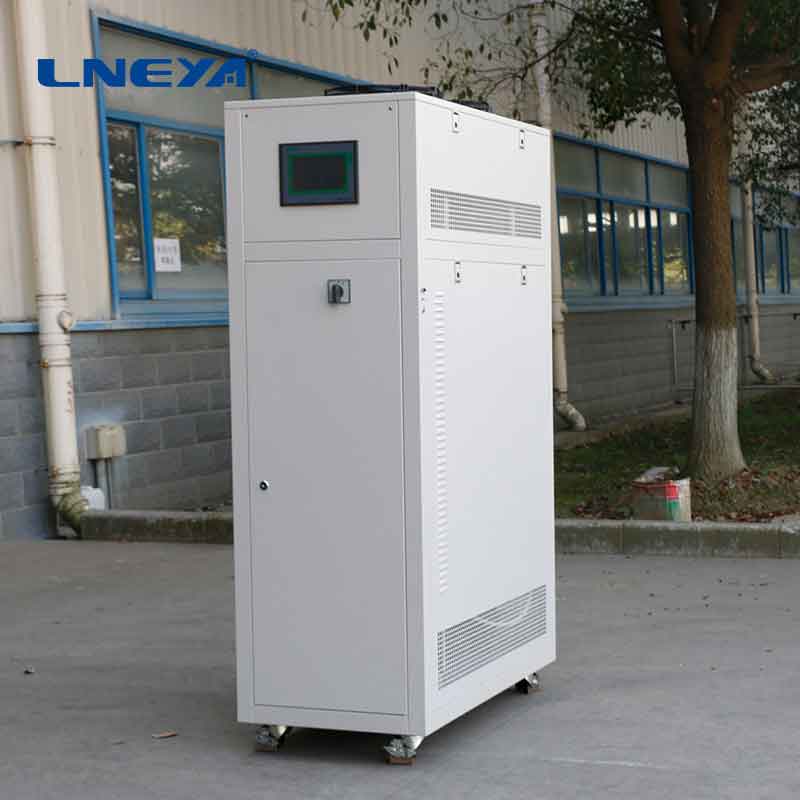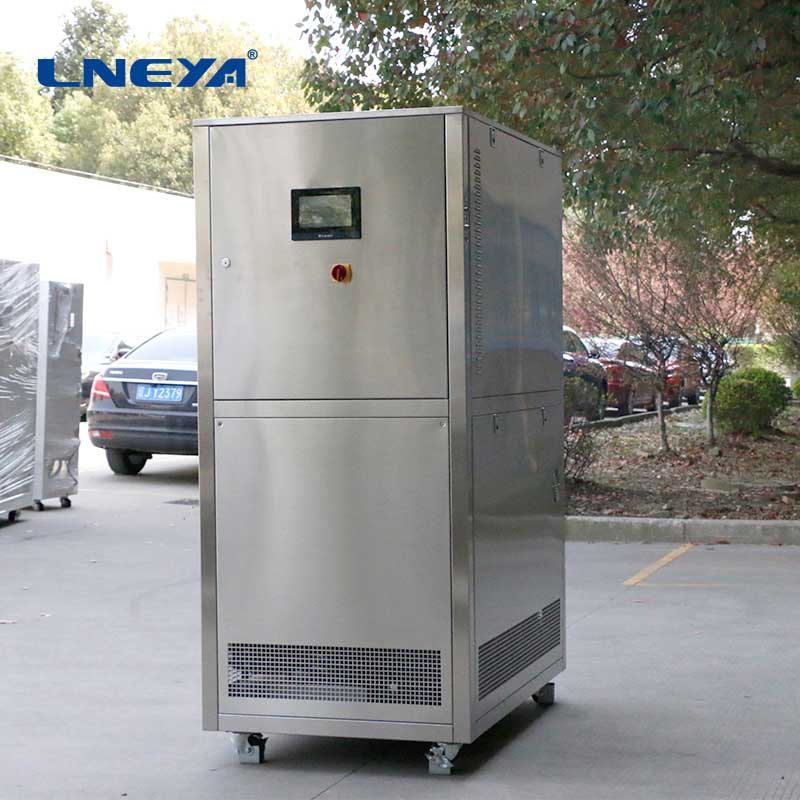recirculating water cooling system
Recirculating water cooling systems are widely used in various industrial applications, particularly in the oil and gas sector, where they play a critical role in maintaining optimal operating temperatures. These systems are designed to circulate water through a closed loop, where it absorbs heat from the process and is then cooled before being recirculated.

Principles of Operation
The basic principle behind a recirculating water cooling system involves the circulation of water through a heat exchanger, where it absorbs heat from the process. The warmed water is then pumped to a cooling tower or other heat rejection devices where the heat is dissipated, and the water is cooled before being sent back to the process (Water Handbook – Closed Recirculating Cooling Systems).
Components of a Recirculating Water Cooling System
The primary components of a recirculating water cooling system include:
Pumps: These are used to circulate water through the system.
Heat Exchangers: They transfer heat from the process fluid to the water.
Cooling Tower or Cooler: This is where the heat absorbed by the water is dissipated to the atmosphere.
Reservoir or Basin: It stores the water, allowing for the makeup of any losses due to evaporation or drift.
Control Systems: These monitor and adjust the system to maintain optimal operating conditions.
Advantages

Recirculating water cooling systems offer several advantages, such as:
Water Conservation: They significantly reduce water consumption compared to once-through systems.
Consistent Cooling: They provide a stable cooling medium, which is essential for precise process control.
Reduced Environmental Impact: By minimizing water usage and the discharge of heated water, these systems have a lower environmental footprint.
Challenges
However, these systems also face challenges, including:
Contamination: The risk of accumulated contaminants or impurities affecting water quality over time.
Scaling and Corrosion: Closed systems can be prone to scaling and corrosion, leading to reduced efficiency and increased maintenance requirements.
Energy Consumption: These systems may require additional energy for pumping and cooling, which can lead to increased operational costs.
Water Treatment

Proper water treatment is essential in recirculating water cooling systems to prevent scaling, fouling, and corrosion. This involves the use of chemical inhibitors, regular monitoring of water quality, and periodic cleaning of the system.
Energy Efficiency and Technology Trends
Energy efficiency is a key consideration in the design and operation of recirculating water cooling systems. Modern systems incorporate variable speed drives for pumps, optimize the design of heat exchangers, and use advanced control systems to minimize energy consumption. Additionally, the integration of renewable energy sources, such as solar-powered recirculating devices, is an emerging trend that enhances sustainability (A recirculating device of cooling water powered by solar energy for the laboratory).
Conclusion
Recirculating water cooling systems are indispensable for industries that require precise temperature control. By focusing on water treatment, energy efficiency, and the adoption of innovative technologies, these systems can be optimized for performance and sustainability. As industries continue to seek more environmentally friendly and cost-effective solutions, the role of recirculating water cooling systems is expected to grow.
Related recommendations
What should be paid attention to when selecting a refrigerated chiller?
1273What should be paid attention to when selecting a refrigerated chiller? 1、 Refrigeration capacity The refrigeration capacity of a freezer is directly related to the normal use o...
View detailsair cooled refrigeration system
361How an Air-Cooled Refrigeration System WorksAn air-cooled refrigeration system operates on the basic principles of the vapor compression cycle, consisting of four main components: Compresso...
View detailschiller for injection molding machine
347IntroductionInjection molding is a widely used manufacturing process for producing plastic parts in various industries, from automotive and electronics to consumer goods. The quality and efficien...
View detailscirculation heater
757Circulation Heaters: Efficient Heating for Industrial Applications Circulation heaters play a significant role in various industrial applications by providing precise temperature control for fl...
View details
 LNEYA Chiller
LNEYA Chiller






HelloPlease log in